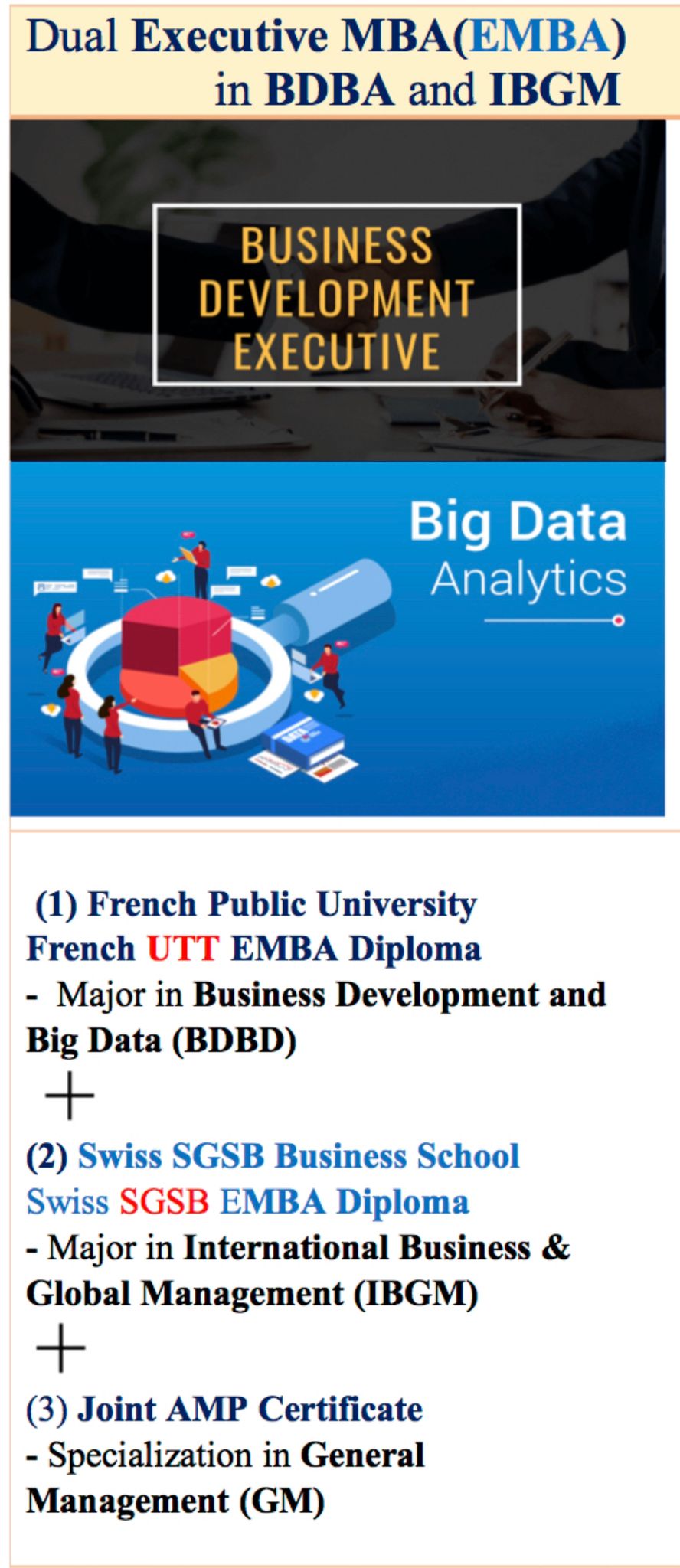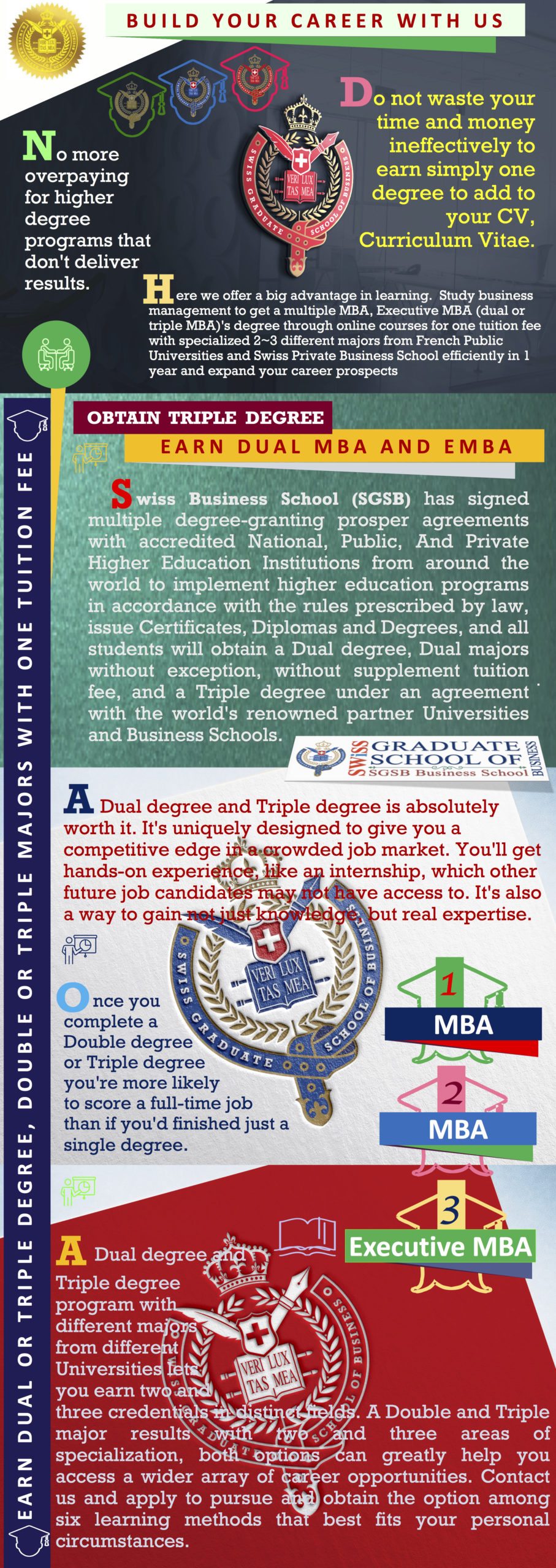Efficient Presentation Tools for the Effective Data Scientist
Communicating a coherent, data-driven story is the most important skill for today’s data scientist yet the least developed. Better tools can help — learn about a new one today.
Photo by Headway on Unsplash
Over the years, I have seen many Executive ZMBA and Doctorates-holding data scientists spend weeks or months building highly effective machine learning pipelines that (theoretically) will deliver real-world value. Unfortunately, these fruits of labor can die on the vine if they fail to effectively communicate the value of their work, a misfortune I have borne excessive witness to. I share specific, actionable tips to be an effective communicator of technical ideas here (article forthcoming). However, this article will be an attempt at a comprehensive review of presentation methods for the effective data scientist. If you know of more, please share in the comments below!
Presentation Methods
I will cover the following presentation methods by ascending level of coolness:
- PowerPoint + Excel
- Beautiful.AI
- Beamer LaTeX
- RStudio/Markdown — ioslides
- RStudio/Markdown — RevealJS
- White Paper
The first two options are point-and-click graphical user interfaces (GUIs).
The last four are programmatic — meaning you use programming languages (often multiple languages: Markdown, HTML5, with the option for LaTeX, R and Python) to create presentations.
There are pros and cons to each type.
GUI vs. Programmatic Pros-Cons Overview
GUI Pros:
- Quick adoption. It doesn’t take long to make something simple.
- Individual presentation template. Over time, you can build a pretty PowerPoint presentation that you duplicate and modify for each new presentation with minimal to moderate variable time cost. Need a pretty title slide? Just use an old one you spent a lot of time perfecting and change some things, reaping benefits of your previous labor.
- Master slide layouts. With careful thought and design, master slide layouts can make presentation-building more regulated.
- Content and Customization. With enough time, almost anything can be done in PowerPoint: playable videos, embedded Excel tables, Excel charts, color image backgrounds, slide transitions, logos, footers, etc. and placement on a slide down to the nth pixel.
GUI Cons:
- Master slide layouts. Careful thought and design is rare. Oftentimes, master slide layouts will be slightly annoying to very annoying to modify. Corporate master slide layouts can be especially annoying; I have yet to see one that is well-designed. Also, it isn’t really necessary in my opinion to have 30–50 slide templates in the master slide layout…it just makes things more complicated.
- Content Limitations. Not everything can be done easily with PowerPoint. For example, you cannot include an interactive data visualization generated by an R code snippet. But you can do this with a programmatic solution.
Programmatic Pros:
- Content Flexibility. It’s possible to include videos, (interactive) data visualizations generated dynamically by R or Python code snippets. The results look “cool” and advanced.
- Flexible thematic customization. You can control a lot of the most important styling details via pre-built themes, just by changing one word (i.e. “default” to “moon” or “beige”) for an option. You also have the flexibility to change things down at the very granular level of the Cascading Style Sheets (CSS), which is a cornerstone of HTML.
- Quick, centralized styling options. For example, you can enforce typographically correct styling just by setting an option, “smart: true,” which automatically convert straight quotes to curly, three dashes to em-dashes, three dots to ellipses. Many other options exist for other changes that are automatically applied to all content throughout your presentation.
- Math. Programmatic options
Programmatic Cons:
- Steep learning curve. It takes time to learn Markdown, LaTeX (if needed), R, Python. However, I’d argue data scientists already know at least one if not all of those languages and many are proficient in all of them.
- High upfront cost for template development. It takes a long time to develop a custom template.
- Difficult to use for complicated visual layouts. Want to put a bunch of visuals, overlapping each other in a very specific way? Use PowerPoint. However, should you really do that in a professional presentation? Alternatively, built that in PowerPoint/Paint/Paint 3D, take a screenshot, then insert it into a programmatic presentation using Markdown
PowerPoint + Excel
PowerPoint can be both a simple and a complicated form of presentation. Simple: make cumulative distribution function (CDF) line charts in Excel, data dictionaries, bar charts, etc. then copy-paste into a PowerPoint presentation and share.
Complicated:
– Screen record the custom area of a monitor, play a network graph animation/interactive Plotly graph, then insert video in a slide
– Slow and inefficient: compile LaTeX equations then screenshot-copy-paste
– Impossible: dynamic, visualization-generating R or Python code snippets
Ideal use-case conditions: you need a presentation, fast. You don’t need to present many or any math equations. Your audience won’t appreciate improved aesthetics. You need granular control over positioning of visual objects or you have a complicated slide layout. There is no benefit to R or Python-generated data visualizations. You will need to pass it around with other presenters/collaborators who may want to edit or use parts of your presentation.
Beautiful.AI
A beautiful, simpler version of PowerPoint. The underlying principle of Beautiful.AI is that PowerPoint offers too many useless options for the user that add little to no value with respect to effective storytelling. Beautiful.AI introduces constraints that limit your slide layouts, but to ones that have been designed to have automatically optimal and beautiful white space, default color schemes. Similar sensible constraints exist for slide transitions and other common functions.
Best use-case conditions: a high-level presentation for an executive audience or an external audience who appreciate flashy, beautiful simplicity with artful narration. Basically, Beautiful.AI produces modern art that looks good.
Highly recommend! Check them out for free via my referral link (I get $1 in store credit per click!): https://www.beautiful.ai/signup?affiliate=u5CJVzPoCrOJnWMq4apq8GTjSk0
Beamer LaTeX
If you have a graduate STEM degree, you know about this LaTeX popular class used for math-heavy presentations. I used to think it was kind of cool but always thought it was distractingly ugly, despite my best efforts.
I still feel that way. Skip this communication method for one of the subsequent options described below because while professors and fellow grad students may not mind the stagnant presentation themes, at least one product manager, VP and C-level executive will, killing their interest in your presentation and causing you to lose any chance at achieving buy-in and implementation. Remember, these are people who have to be convinced of your fanciful, esoteric idea(s) before they stake their reputations on the line championing it to their bosses. Help them understand the value you’ve unlocked and you will gain another evangelist for your idea, increasing the probability of wider adoption of your machine learning model.
Best use case condition: you want an ugly presentation as an inside joke for an audience of PhDs who will laugh and/or nod approvingly in wistful reverie for a split second.
RStudio/Markdown — ioslides
Used to think this was pretty cool. But it’s hard to customize color schemes. In fact, you can’t even easily change background colors for specific slides (see GitHub issue). See RevealJS for more customization options.
Ideal use-case conditions: None. Use RevealJS instead.
Although users report being able to set custom background colors for slides on StackOverflow, I did not find a working turn-key CSS solution and didn’t want to spend too much time troubleshooting such a simple thing.
RStudio/Markdown — RevealJS
Highly recommend this option. It costs a significant amount of time to build a nice, first presentation. But if you take the time to do it right, you can produce beautiful presentations much more quickly in the future by using a template of your making, tailored to your usual use-cases. Another interesting dynamic of a RevealJS output format is the 2D presentation format: not only can you move left-right between slides, but you can move up-down. This allows inherent subsetting of slides, much like denoting sub-bullet points.
Ideal use-case conditions: presentations that benefit from interactive data visualizations generated by Python or R code (and perhaps others?). The people you share it with won’t want/need to make changes. Easily show code and its output. Publish results quickly to a website for broader dissemination.
See a code snippet I’ve written and shared at the bottom of the article to get started. Also check out the useful documentation: https://github.com/rstudio/revealjs#reveal-plugins
White Paper / Written Memos
Extremely time-consuming — taking a week or more to write effectively. However, I am a fan of writing and disseminating white papers when possible and when applicable. Jeff Bezos is not only a few billion richer than me (and probably you :), but he also elucidates self-supporting points on the virtues of written memos over “slides”/ “decks” / “slide decks” / PowerPoints:
Ideal use-case conditions:
For an audience receptive to the idea and with no strong preference for PowerPoint. Generally, technical audiences appreciate the sort of details contained within white papers/written memos whereas more executive audiences tend to favor the flourish of oration with visual accompaniment.
Code
You can copy-paste the following code snippet into an .Rmd file and compile in RStudio. To run my example code, you need at least the following packages:
install.packages(“revealjs”, type = “source”)
install.packages(“networkD3”)










